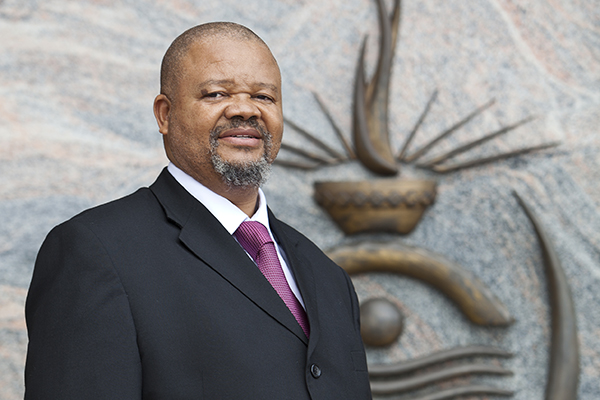Makhanya: Distance education empowers disadvantaged students

Mandla Makhanya is vice-president of the University of South Africa.
Distance education has boomed around the globe in the past decade. The University of South Africa (UniSA) is the pioneer and leading provider of distance education in Africa. Recently, Mandla Makhanya, the university’s vice-president, shared his views on distance education and massive open online courses (MOOCs) with Chinese Social Sciences Today (CSST).
CSST: What is distance education? How does it differ from traditional education?
Makhanya: Distance education has common features that include the physical separation of students and teachers, and flexibility in terms of time, location and mode of delivery. Technology plays a key role in distance education. But, it must be noted that access to distance education is not automatic and may in fact be dependent on a variety of factors. Traditional education is classroom based, where a teacher or lecturer provides instruction to students face to face. Access to universities and specific courses is managed through admission criteria. Technology may be used in the teaching process, to a lesser or greater extent, but face-to-face teaching practices are still the norm.
CSST: UniSA is a leading provider of distance education in Africa. What are the reasons for creating a distance education curriculum?
Makhanya: UniSA enrolls more than one-third of all of the country’s university students and a large number of students in other African countries, especially post-graduate students. UniSA plays a key role in empowering students who have no access to traditional university education because of age, location, cost or lack of opportunity. This means that many students who would have never had the opportunity for further study are accommodated, thus increasing the odds for an improvement in their lives, socioeconomic mobility and status.
CSST: What are the differences between MOOCs and distance education?
Makhanya: MOOCs can be seen as an informal, commercialized, technology-driven and managed form of online learning, which may or may not be at a distance. MOOCs are largely informal, not quality-assured, not assessed or accredited formally. There is no onus on the student to complete any course. Distance education is more traditional and formal in nature, especially in terms of its offerings, and is more likely to be offered by an accredited and degree-conferring university, with ongoing contact with and assessment of students, who become graduates of the university upon the completion of a qualification.
CSST: What do you think are the prospects of international cooperation in the development of distance education?
Makhanya: Cooperation between national, continental and global higher education institutions as well as the public and private sectors is pivotal to leveraging the capacity that is needed for the successful rollout of higher education to the masses. There is not enough money globally to build the required facilities. This is where distance education comes to the forefront, because of its reach and flexibility. Bearing this in mind, “stakeholder engagement” is a part of South Africa’s higher education policy, and we are therefore committed to broader cooperation in the areas mentioned previously. However, we do not simply “give away” courses. There must be a reciprocal benefit for UniSA and its students.
Zhao Qi is a reporter at the Chinese Social Sciences Today.
